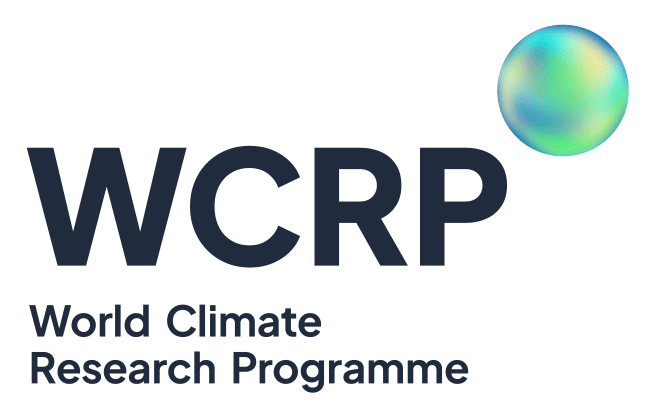- Details
If you are a scientist, it's open for signature below.
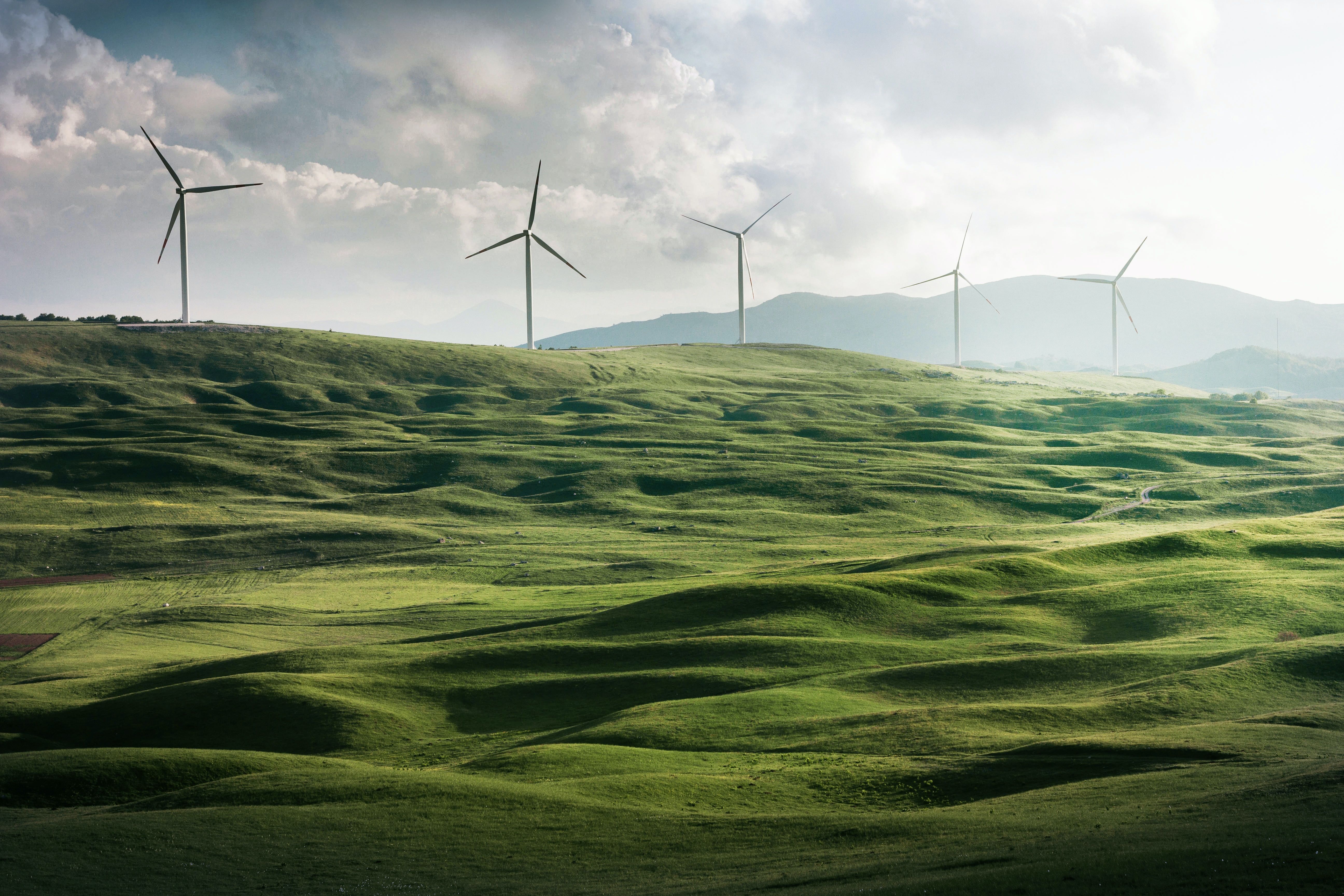
- Details

WCRP SPARC community's new report on carbon footprint reduction is now published!
- Details
The World Climate Research Programme My Climate Risk (MCR) Lighthouse Activity is focused on making climate science meaningful at local (community-based) scales. MCR consists of an international network of regional hubs focussed on developing alternatives to existing climate science and institutional frameworks that will inform and facilitate locally-driven climate solutions. In this learning lab initial best practices, lessons learned, and experiences were shared, with opportunities for feedback from participants.
- Details
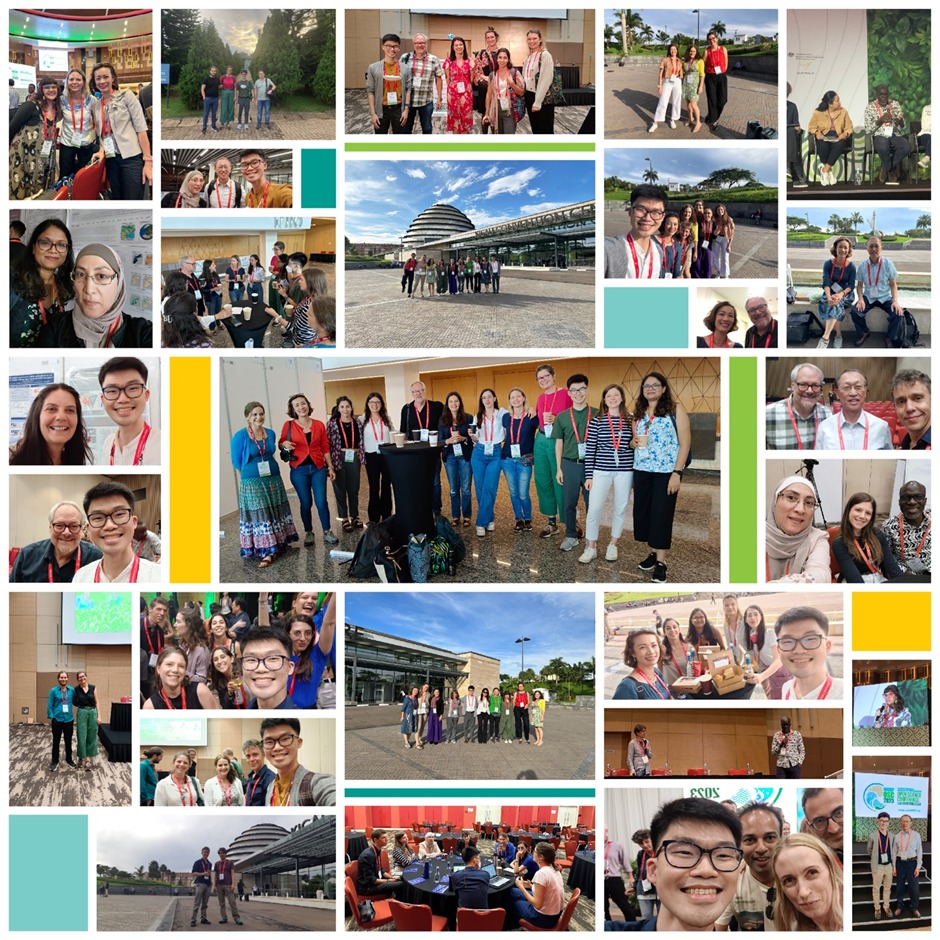
My Climate Risk was well represented at the WCRP Open Science Conference in Kigali, both in-person and online. The only formal MCR event was the Learning Lab, “Democratizing climate science: Making it meaningful at local scales”, led by the Argentina hub with assistance from several other MCR hubs.
- Details
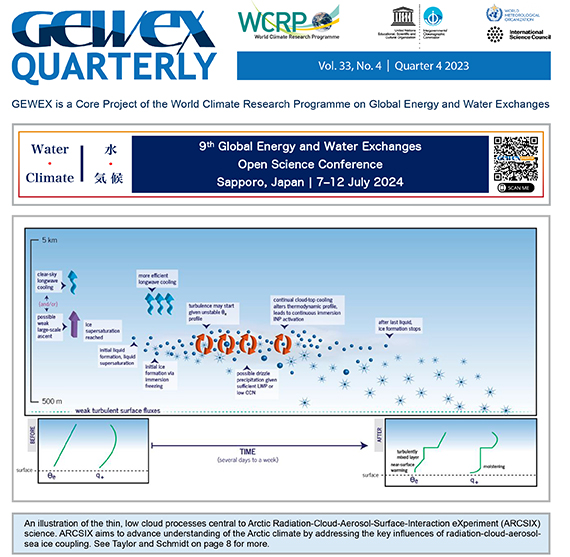
The latest edition of GEWEX Quarterly features articles on:
- AGU H3S Fall Highlights: Webinars, AGU Fall Meeting, and New Member Applications
- YESS Reporting on Active Engagement at International Science Meetings
- In Memoriam: Prof. Dr. Ehrhard Raschke
- Integrated Human-Earth System Modeling by Coupling E3SM and GCAM
- The Arctic Radiation-Cloud-Aerosol-Surface-Interaction eXperiment (ARCSIX)
- ... and many other articles
To read the Gewex Quarterly, click here.
- Details
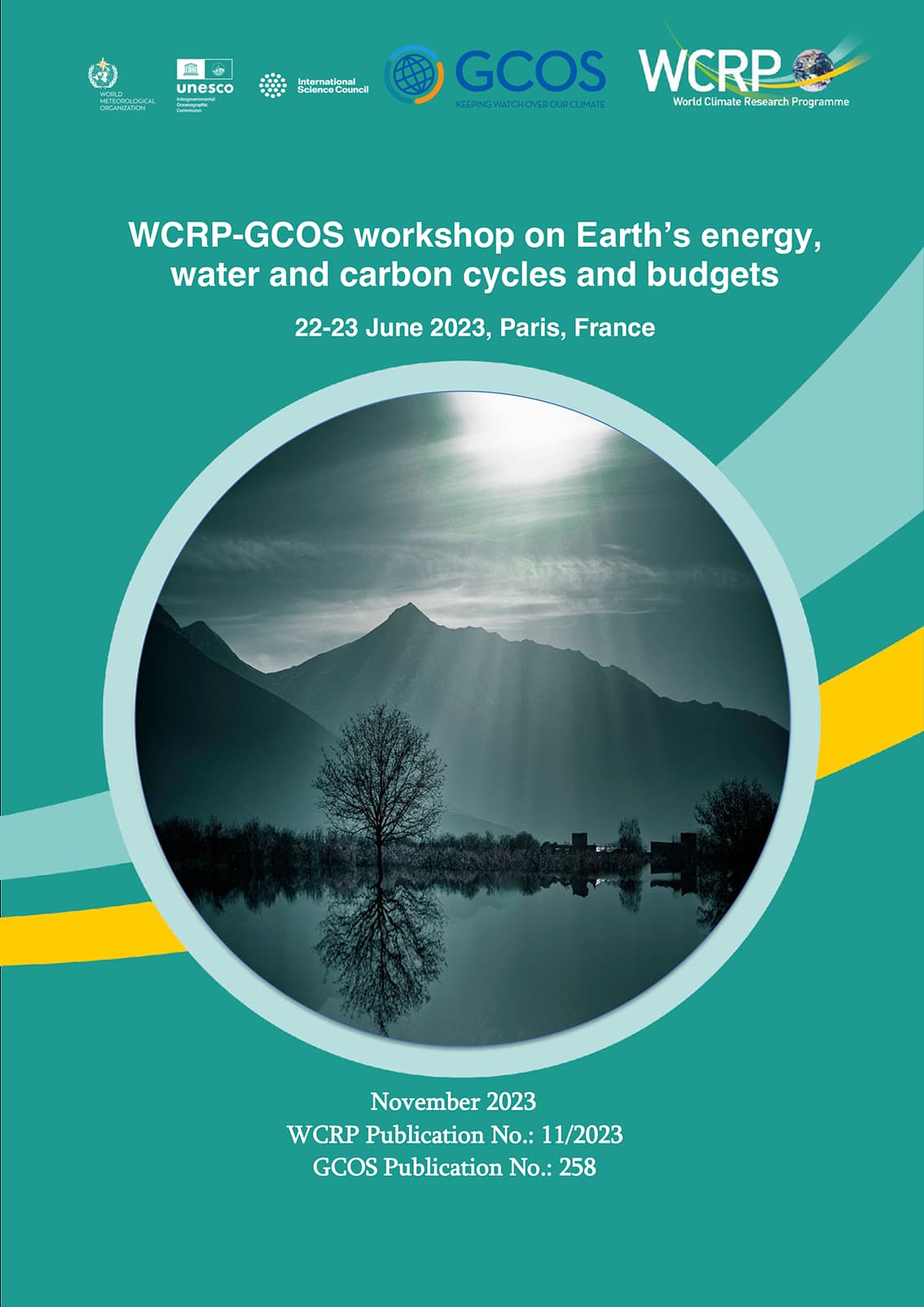
The Global Climate Observing System (GCOS) and the World Climate Research Programme (WCRP) convened a joint workshop in Paris on 22 - 23 June 2023 to assess the current state of knowledge of the Earth system cycles of energy, water, and carbon, and our capability to assess emerging changes related to these cycles. The aims were to i) identify challenges for research (knowledge of processes), modelling and observing system capabilities; ii) identify key indicators for measuring (observational needs), monitoring and modelling the cycles and indicate how they can be used in global assessment frameworks; and iii) identify key processes that need to be better understood to improve the monitoring of the cycles and to infer if and how the cycles are coupled.
The outcomes of the joint workshop are now available in the report that can be accessed here.
- Details
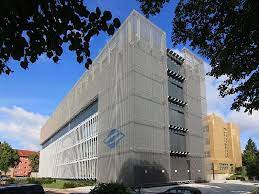
- Details
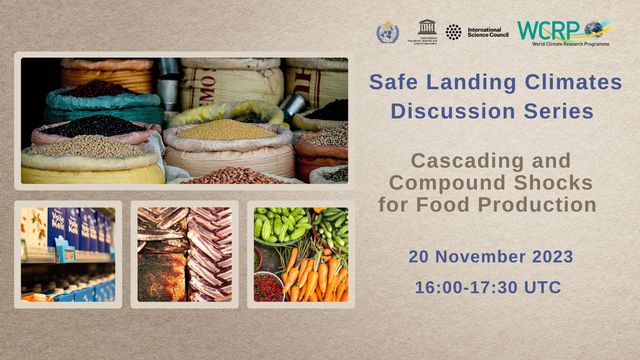
- Details
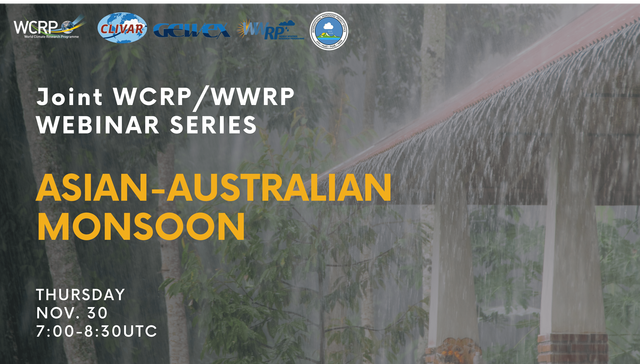
The CLIVAR-GEWEX Monsoons Panel is back with the second webinar in their series.
- Details
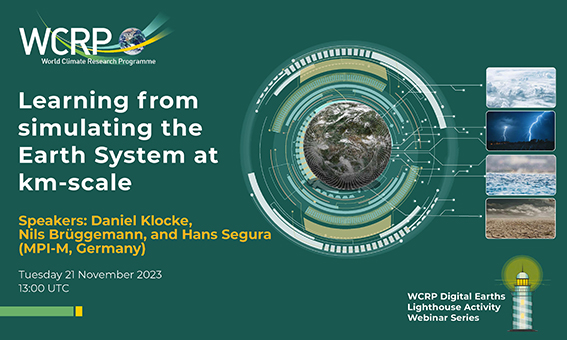
The Digital Earths Lighthouse Activity webinar "Earth System Modelling at km-scale resolution at MPI" will start on 21 November 2023 at 13:00 UTC.
Speakers: Daniel Klocke, Nils Brüggemann, Hans Segura (Max Planck Institute for Meteorology, Germany).
Check the Digital Earths webinar series page to register for this event.
- Details
Why is methane rising, how are sources and sinks changing, and what is the risk from hydrates
Join us for a webinar that will discuss this and more on 7 November 2023, 15:30-17:00 CET.
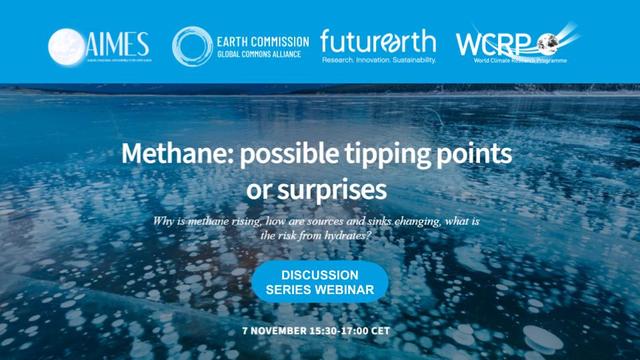
- Details
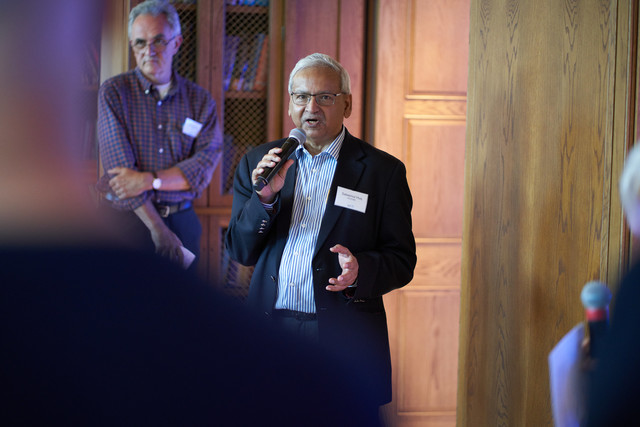
Dr Saleemul Huq passed away on 28 October 2023. He was 71.
- Details
- to know more and to apply click here.
- Deadline to apply: 21 November 2023
- Details
The World Climate Research Programme (WCRP) Open Science Conference is currently taking place in Kigali, Rwanda. More than 1400 experts are gathering in a concerted effort to ensure that advances in climate science keep up with the speed of climate change to support a more sustainable future for the planet. Below are some articles and blogs centered on the conference:
- Daily summary - Day 4
- Daily summary - Day 3
- Daily summary - Day 2
- Daily summary - Day 1
- Open Science Conference: We need dramatic climate action to meet unprecedented challenges (WMO website)
- One world, one climate: a planetary call to action (ISC website)
- Global solidarity for climate justice: perspectives from an early-career researcher (ISC website)
- From monsoon joy to fear: a climate crisis awakening (ISC website)
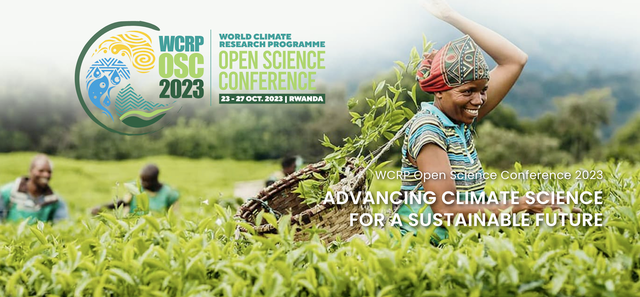
- Details
On 12 October 2023, the World Meteorological Organization (WMO) launched the second State of Global Water Resources 2022 report. The secretary general of the WMO, Peter Taalas, introduced the report as a compilation of data on hydrological cycle changes, which serve to inform climate adaptation, mitigation, and water management policy. To read Anne-Lise's report, select the heading above.
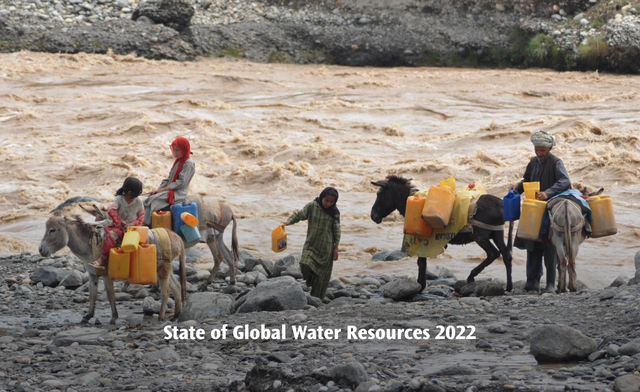
- Details
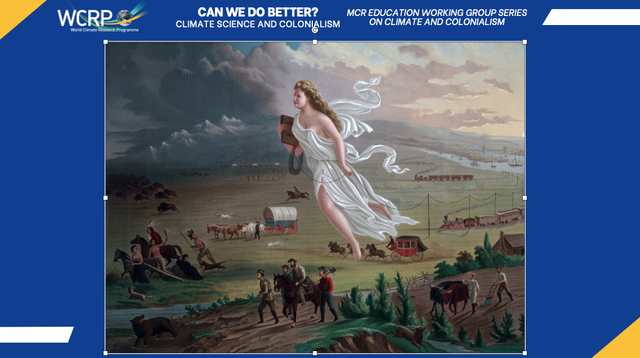
The My Climate Risk (MCR) Education Working Group conducted two webinars on "Climate and Colonialism" earlier this month. Here is a detailed highlight of the discussions.
Image: Wikipedia
- Details
The first official event in the lead-up to the WCRP Open Science Conference starts on Monday, 9 October 2023, at 8:00 CEST. The dedicated online poster session will be open to more than 1400 participants worldwide, with the presentation of research on many different themes, including the water cycle, hazards and extreme events, climate services, and much more. Click the heading above for more information on the poster sessions and on how to join us!

- Details
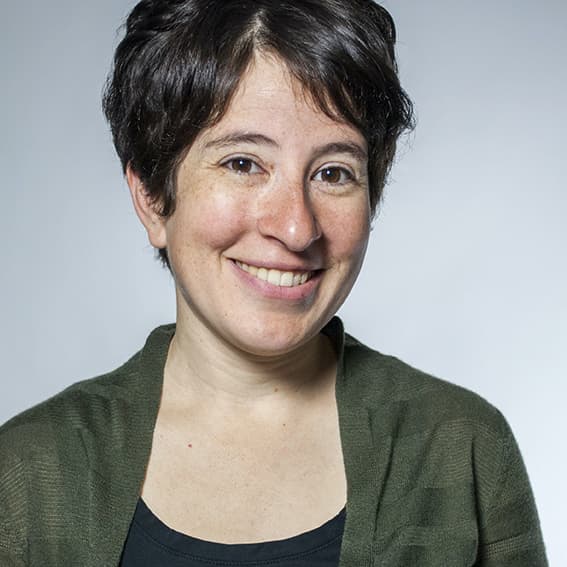
- Details
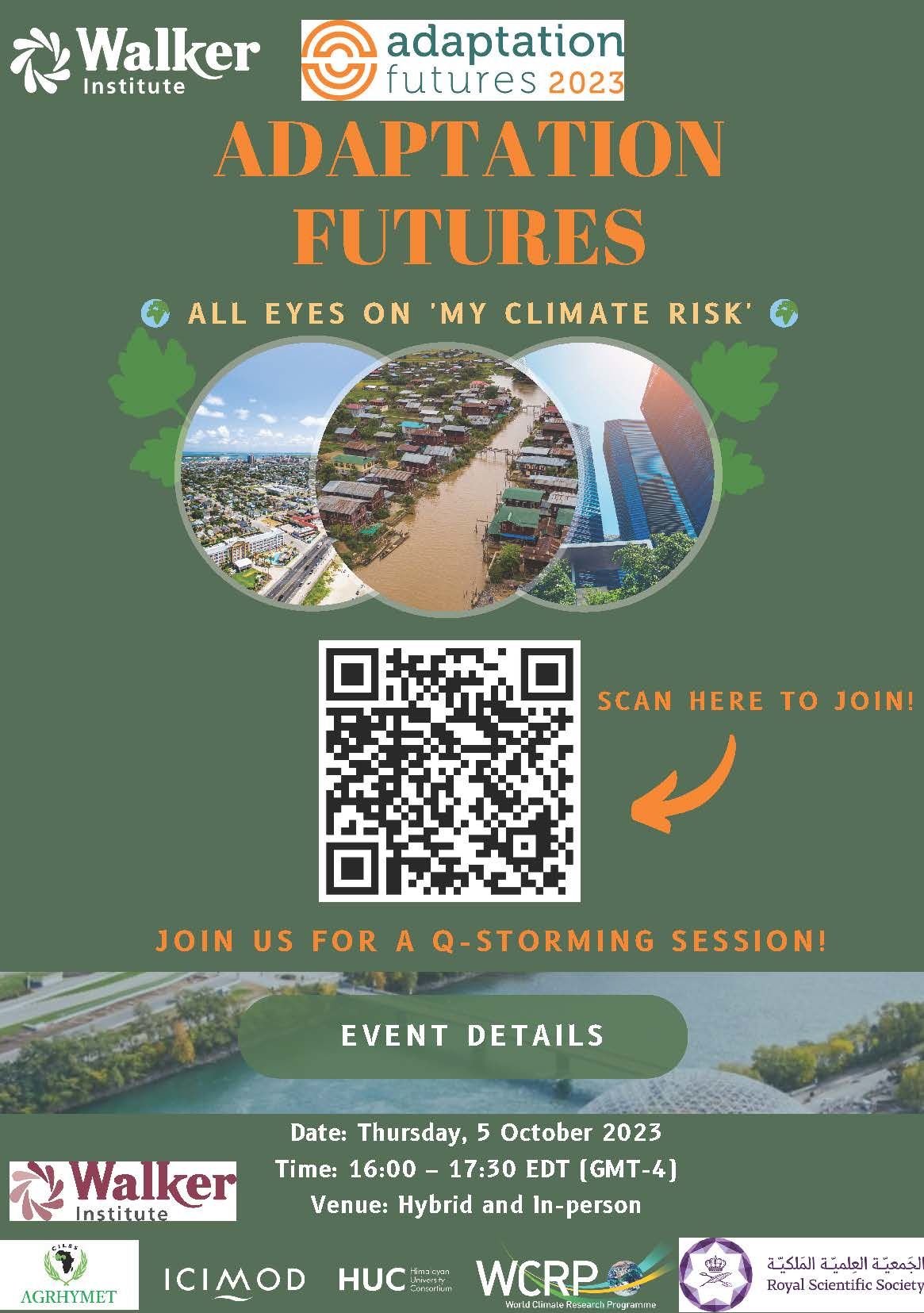
The Walker Institute is organizing this side event at the Adaptation Futures 2023 conference in Montreal, Canada. The event will explore ways to bridge science and socio-political action, addressing multiple risks while responding to local adaptation needs.
- Details
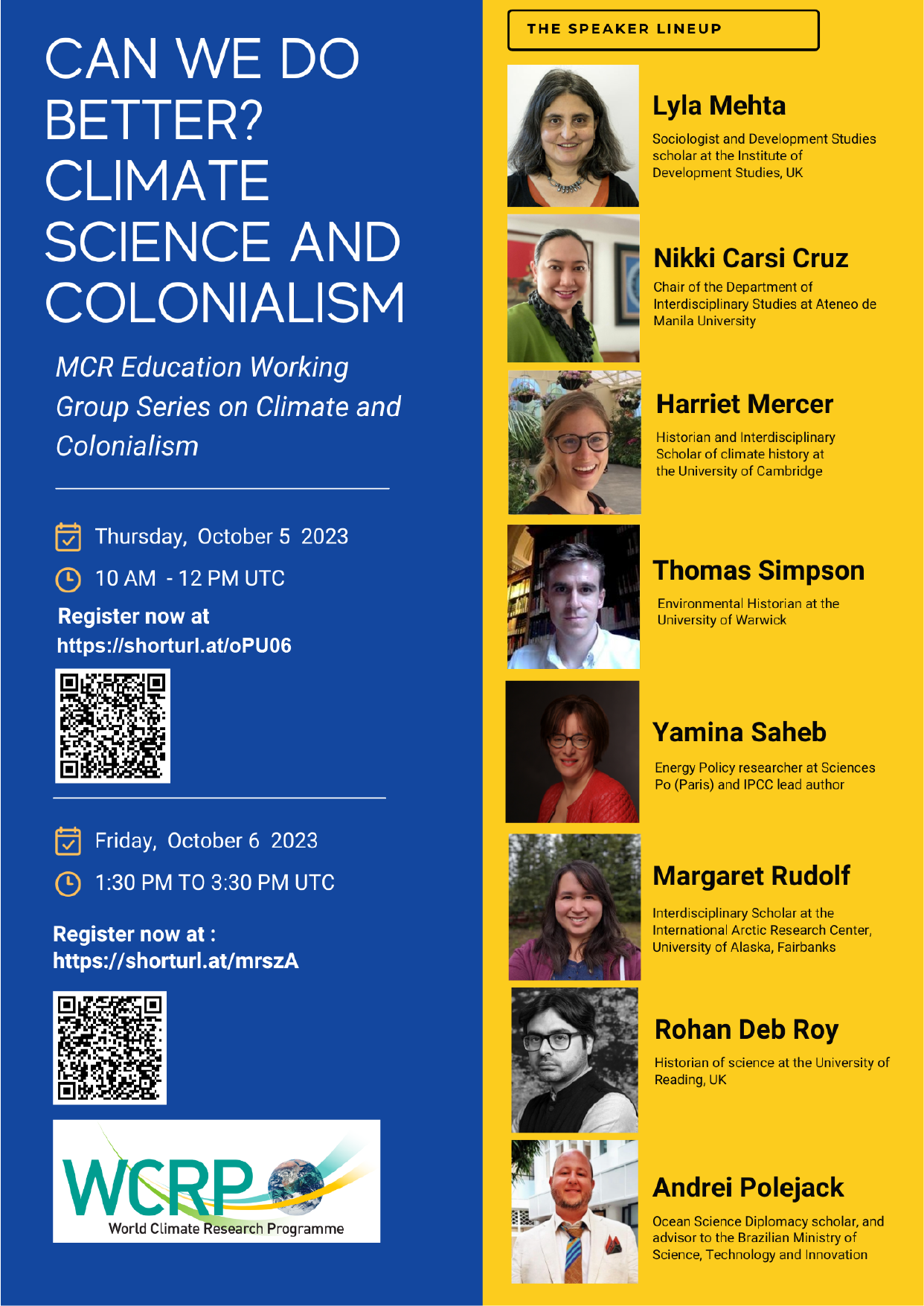
Can We Do Better? Climate Science and Colonialism - MCR Education Working Group Series on Climate and Colonialism
- Details
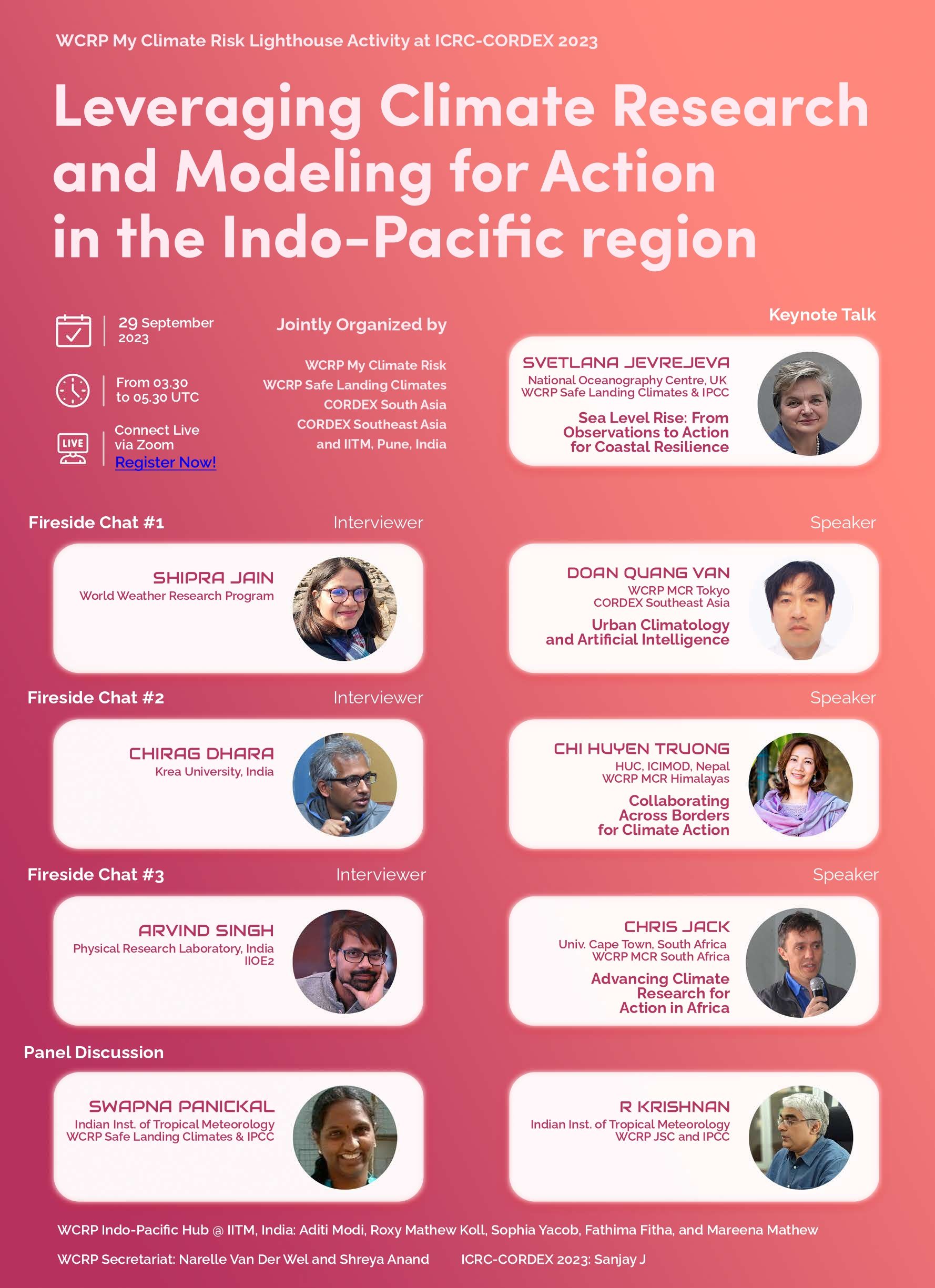
Don't miss our webinar on "Leveraging Climate Research and Modeling for Action in the Indo-Pacific region." Hosted by MCR IITM MCR Hub, this event will focus on the importance of climate research and modeling in driving actionable insights for the Indo-Pacific region. Learn how research can inform climate-related decisions and actions.
To register, click here.
- Details
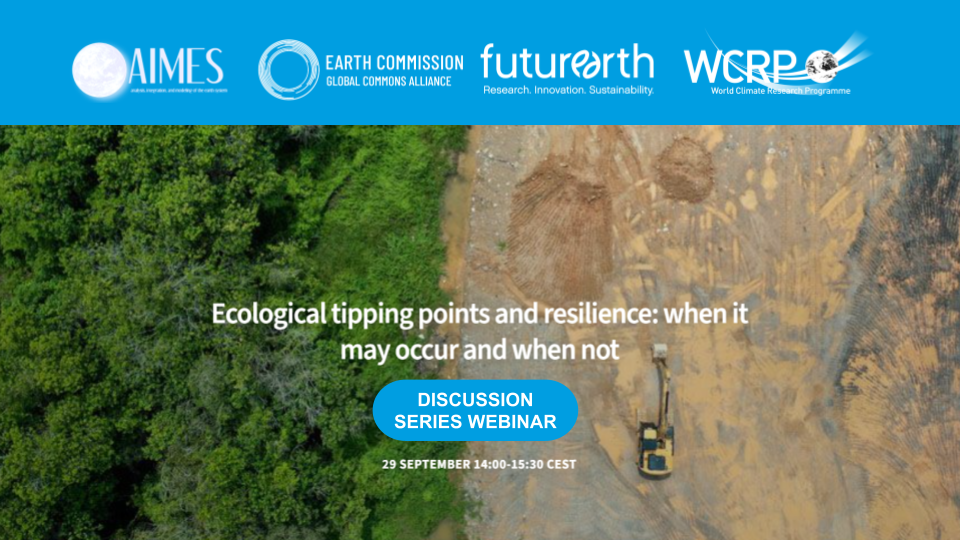
We invite you to the "Ecological Tipping Points and Resilience" webinar, part of the Tipping Points Discussion Series hosted by Safe Landing Climates. This session will explore the critical topic of ecological tipping points, addressing when they may occur and when they may not. Gain insights into the resilience of ecosystems in the face of environmental challenges.
Register here to attend the webinar.
- Details

Join us for an engaging webinar "Coproducción de conocimientos hidroclimáticos: experiencias desde la práctica" (Experiences of co-production of hydroclimatic knowledge and participatory science), hosted by the My Climate Risk Argentina hub. The webinar will be in Spanish, with simultaneous English translation.
To register, click here.
- Details

We are delighted to welcome Dr. Fanny Adloff as the Director of the new WCRP International Project Office (IPO) for the Earth System Modelling and Observations (ESMO) Core Project. Fanny will lead the IPO to coordinate the modelling, data assimilation and observational activities within ESMO, and to seek synergies with other WCRP activities and external partners to effectively tackle the ESMO scientific objectives towards the provision of science-based climate information.
Fanny will officially start her new position on 1 October 2023. New positions in the ESMO-IPO team will be open very soon.
- Details

There has been a lot of discussion recently about the record warming trends that have been observed globally in recent months. This includes an observed basin-wide warming of the ocean and an increase in marine heatwaves. Marine heatwaves occur when ocean temperatures in a given region are well above average for an extended period of time. Warmer ocean temperatures impact the marine environment and associated ecosystems, and ocean heat can also fuel developing tropical cyclones. Leading ocean scientists have made a collective assessment of recent global trends and report on what we may expect in the future.
